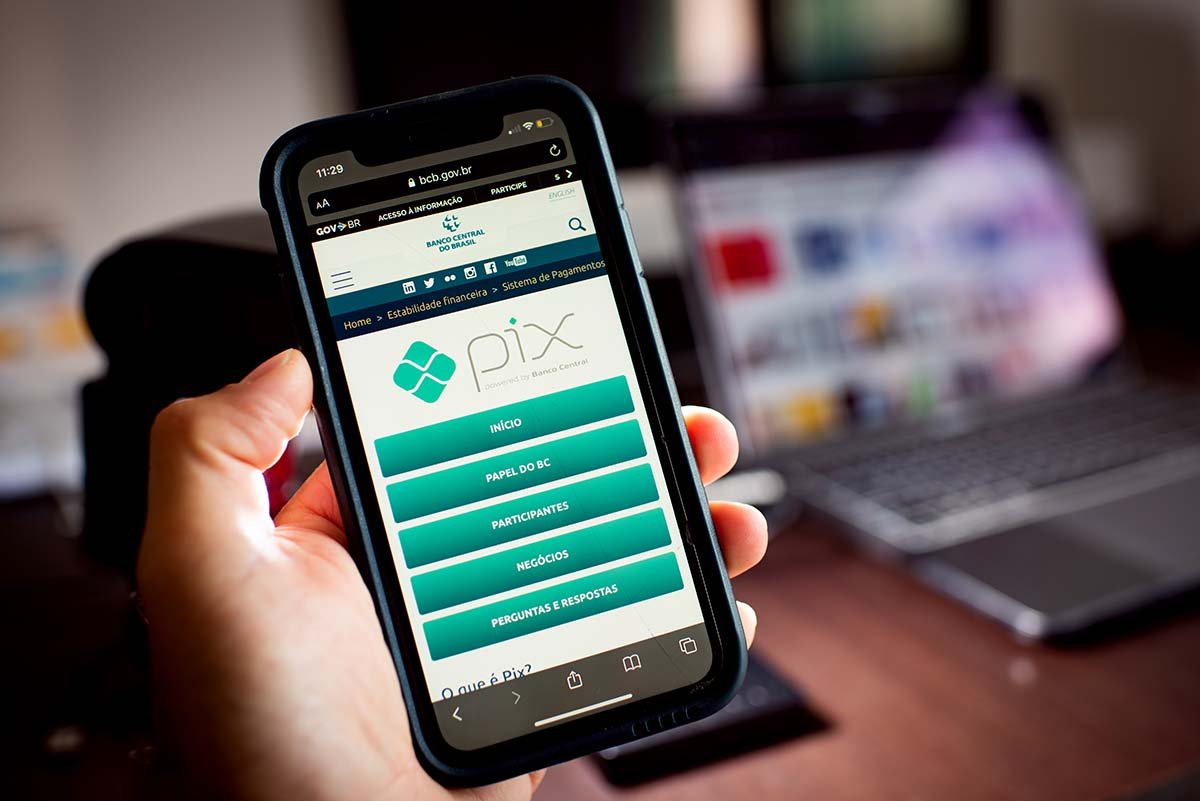Central Bank’s instant-payment system is the main form of receiving payment for 40% of firms, shows survey
10/19/2022
Pix, the Central Bank’s instant-payment system, has become the main mean of payment accepted by small businesses and has helped small entrepreneurs, according to an unprecedented survey conducted by Sebrae (small-business support service) and the Brazilian Institute of Geography and Statistics (IBGE).
The digital system is the main form of receiving payment for 42% of small entrepreneurs. The survey heard, between the end of August and the first two weeks of September, more than 6,000 thousand entrepreneurs from all Brazilian states and the Federal District. The survey is divided into individual microentrepreneurs (MEI), micro and small companies (MPE) and small businesses.
Pix has its best performance among those who are MEI: 51% of them state that this is the main payment method used in their sales. Among micro and small businesses, Pix is the main method of payment for 28% of respondents – in this segment, the use of credit cards is still higher, with 30%. For small businesses in general, the system is the main type of payment in 42% of the transactions.
Like individuals, MEIs do not pay a fee to use Pix to make a transfer or a purchase, nor to receive a transfer.
Pix was already widely accepted by large retailers and in e-commerce, where it is second only to credit cards. Now, the data also shows advancement among small companies.
Sebrae’s president Carlos Mello points out that this growth of Pix as a payment method was already noticed in previous surveys. “Now we see that the digital system is increasingly occupying a prominent place among the payment methods used by entrepreneurs.”
For him, the main advantage of the system for the small entrepreneur is that it allows instant payment, “which helps maintain the company’s cash flow and have better financial control. “The immediate availability of the funds for the entrepreneur can also help to reduce the need for credit and help with the factoring of receivables,” he said.
Data from the Central Bank shows growth of Pix in Brazil in virtually all categories since November 2020, when it was made available by the monetary authority. In September, there were already 22.9 million keys registered by business entities.
/i.s3.glbimg.com/v1/AUTH_37554604729d4b2f9f3eb9ad8a691345/internal_photos/bs/2022/w/Z/6EKR0FTzi1an8Bh3AlAw/19fin-100-pix-c1-img01.jpg)
Carol Mello — Foto: Silvia Zamboni/Valor
Carol Mello, 46, is an individual microentrepreneur. Since 2015, she makes cookies, cakes and sweets under the label Caramello Doceria. She said that, until recently, using TED or DOC protocols for payment was the customer’s first choice. “Now almost everyone just pays by Pix,” she said, estimating that 80% of her sales are made via Pix.
“The first facility is that the payment comes in on the spot. And allied to that, there’s the fact that it’s free, which has attracted people,” Ms. Mello explained.
In her day-to-day business, she also uses the system to buy inputs from suppliers. “I don’t like to work with credit cards. Before I had to go after a payment slip, it was more confusing,” she said.
Each month, the entrepreneur sells, on average, 60 decorated cakes. In addition, she produces sweets daily on demand. After a lot of time producing at home, as of May 2022 she started to share a studio in São Paulo with another entrepreneur.
In the assessment of Boanerges Ramos Freire, head of Boanerges & Cia Consultoria, specialized in financial services, the fact that Pix is accessible and less complex when compared to other alternatives is a way to unlock sales. “Cards are more expensive, given the fees charged. Thus, adopting Pix is interesting and some sellers even give a discount at a payment using it,” he said.
He ponders, however, that there is still room for improvement, especially in bank apps. “The use of QR Code makes it much easier, but it is still not being used as widely as it could be,” said Mr. Freire.
*By Guilherme Pimenta — Brasília
Source: Valor International



